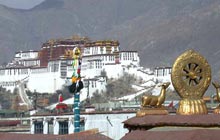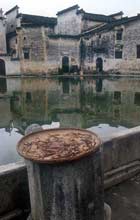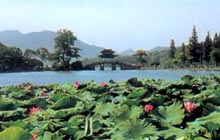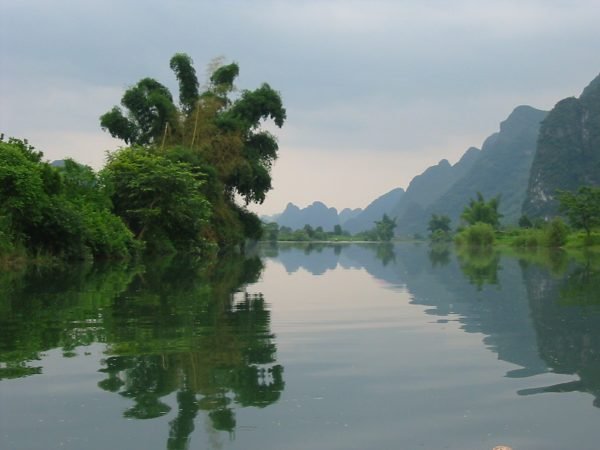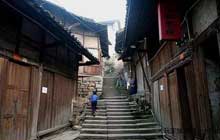According to ancient mythology the Yarlung valley – not Lhasa – is the homeland of the Tibetan people. The first Tibetan king stepped off a heavenly ladder onto earth not in Lhasa, but here. The Yarlung valley was also the kingly seat of the first Tibetan kings as well as their burial site. This being the case, why is Tibet's capital at Lhasa rather than in the Yarlung valley?
As with many aspects of Tibet's culture, » Read more »
» Read more »From 1120 in the Northern Song dynasty to the fall of the Qing dynasty in 1911, Huangshan was located in what was known as the Huizhou prefecture.
Devotees of the "The Romance of the Three Kingdoms", a Chinese historical fiction that describes the warring period from 220-280 A.D., will be thrilled to learn that a former residence of General Caocao is located in Huizhou, and that near to it, nine Cao family tombs have been discovered. » Read more »
» Read more »The Western view:
"Green mountains surround on all sides the still waters of the lake. Pavilions and towers in hues of gold and azure rise here and there. One would say a landscape composed by a painter. Only towards the east, where there are no hills, does the land open out, and there sparkle, like fishes' scales, the bright coloured tiles of a thousand roofs."
(Jacques Gernet, Daily life in China on the Eve of the Mongol Invasion)
The Eastern view:
"In heaven there is Paradise, » Read more »
» Read more »The Nan mountains, dividing the Yangzi river basin to the north from the Xi river valley to the south, have always protected Guangxi province from unwelcome intruders. They not only shelter this tropical region from the cruelly bitter winds of the Gobi, throughout its history they’ve also shielded it from the encroachments of the Imperialist Han Empire.
From their first invasion here in the 3rd century BC until the 12th century AD, the Han Chinese considered Guangxi an exotic region inhabited by barbaric and unruly aboriginal tribes. » Read more »
» Read more »Chengdu , in western China , is the capital of Sichuan Province (former spellings included Szechwan and Szechuan ). The province is known throughout China and the world, for its spicy food, pandas, tea drinking habits, and hot pot. The basin in which Chengdu sits is surrounded by a ring of mountains that formed a natural obstacle to traders and attackers for centuries. For many years the most accessible route into the Sichuan Basin was to brave the perilous shoals of the Yangzi River . » Read more »
» Read more »